You're blocking ads, which pay for BlenderNation. Read about other ways to support us.
Anthony Pilon have always wanted to create realistic crystals ever since he started learning shading and lighting, glad he had that passion inside him. He creates this amazing gemstone piece that leaves me wanting more.
If you guys want more of these renders, let me know in the comments below. If i get enough I will ask him to create more for you guys :).


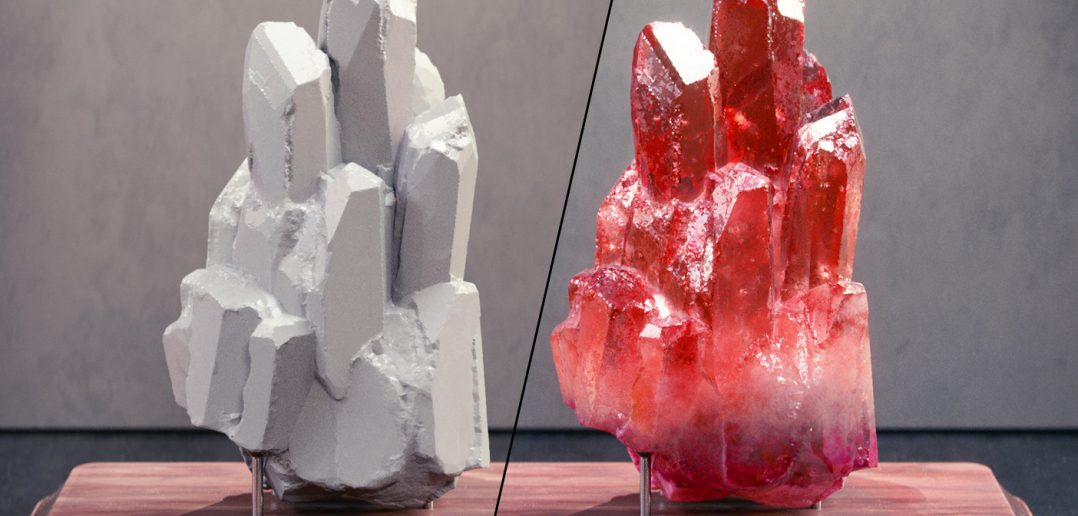
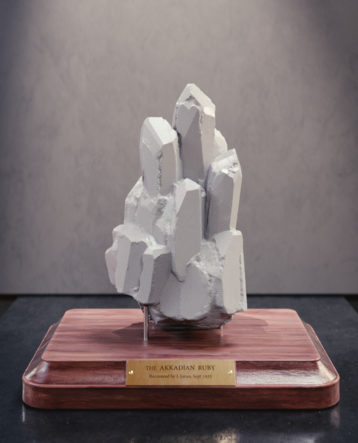
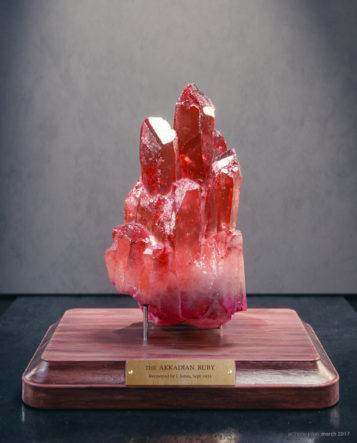
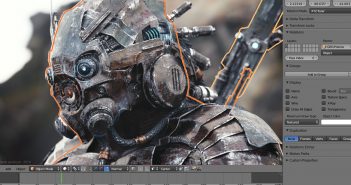
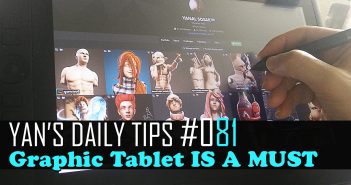
20 Comments
want more ! with tuto ! :)
Truly amazing. Would be great to see a tutorial on this, of a making of!
Cycles nodes tutors please
Its amazing
a TUTORIAL WOULD BE GREAT
GIVE ME THE MATERIAL!!!
Thanks for the share Yanal! I was going to submit it myself once I posted the shader breakdown, but you beat me to it. :) Here's the breakdown, for everyone who's interested: https://www.artstation.com/artwork/KdDxx
Man, you fuckin´ruined my day. I thought: "Hey Frank you are doin´quite good with your materials in Blender..." And now your post. Great work, Anthony. - And I´ll start all over :)
Haha, i'll probably post the breakdown separately, since a lot of people might not see the comments :)
Can I get a poster of that node setup. It is amazing!
I definitely would like more!
Please ask him, if he would be willing to put the time into a tutorial!
Not a video tutorial, but I have a breakdown of the shader network on my Artstation page: https://www.artstation.com/artwork/KdDxx Cheers!
There you have it :)
That's really awesome!! I made a pretty simple Corundum (Ruby/Sapphire) shader (on Blendswap if you're interested) by using a glass shader as the surface, and a "Facing" node-modulated color ramp into a Volume Scatter node for the Volume. It works pretty well but it's nowhere near as advanced (nor as awesome-looking) as this. I love the iridiscent overlay on the outside, and just all the subtle details.
That looks so great. I have try to make the material with your break down tutorial. But there are to many problems. How I can get this iridescent textures in the "Iridescent Color" - Frame ? And there is a group called "S_Dielectric" in the "Crevice dust" frame. How is this group build ? In the "Color Absorption" frame you use the geometry position node. Is it better to use the texture object node, because everytime you move the stone the color absorption will change ? I hope you have time to answer my questions or you can uploadyour awesome material (f.e. in blendswap). Many thanks for your work. I can learn a lot of such tutorials. And sorry for my english, my school time was for about 30 years :-) Greetings from germany.
The iridescent texture is an image I found on Google images and made tilable (search "oil spill texture" with a size larger than 2MP and you'll find it, it's the one that looks like the "triplanar iridescent" render) Once it's tiled, I mix two copies of the texture; one using normal coordinates to make it look like a reflection, and the other using regular box mapping.
I looked through the images again and you're right, I forgot to include the inside of the Dielectric node. Fortunately, it's really simple - use the Advanced Fresnel node I included to mix between a Diffuse shader in the first slot of a Mix node, and a Glossy shader in the second slot. Diffuse and Glossy color are self-explanatory, Roughness goes into the Roughness slots on the Glossy shader and Advanced Fresnel, and Sigma goes into the Roughness slot on the Diffuse shader. Exponent goes into the Power slot on Advanced Fresnel, and Normal goes into the Normal slot on all three.
Yes, if you're planning on doing an animation, you'll definitely need to use a proper texture to control the absorption. I did it this way mostly because I'm used to setting materials up for still images rather than animation, so I never gave it a second thought.
Hope this was helpful! I'll try to attach a screenshot of the Dielectric node with the new image feature, we'll see how that works out. Cheers!
What a fast answer. Thank you very much. I think I have found the iridescent texture and give it a try. Thanks for the additional screenshot. That wil help me a lot. Greetings :-)
Please fix the CSS on the site!
Excellent cluster, would love to see the sculpting process as I normally do my crystals via extrusions and rotations
Hey really great work! Looks awesome. May I ask why you use the Beer-Lambert Law and not the inbuild Volume Absorption? Is there any advantage to it?
I am sorry I should have looked closely again before asking.